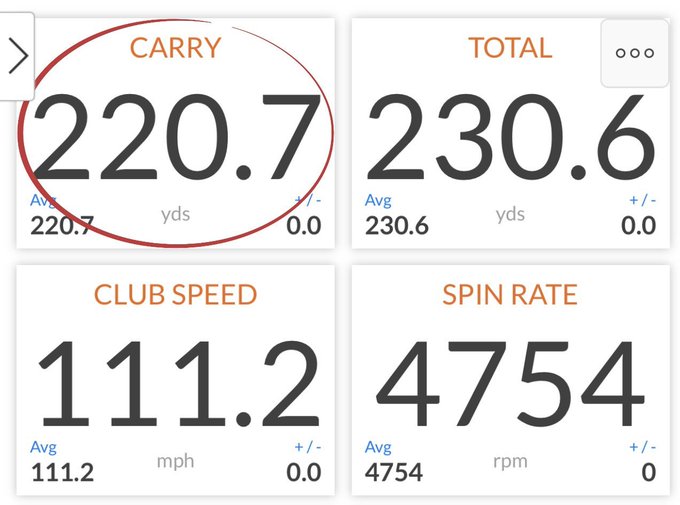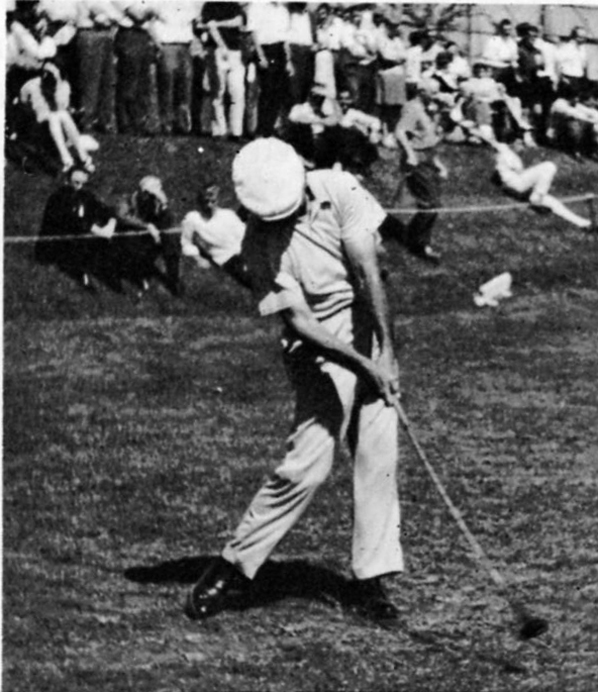(…or thereabouts)
I went to the range today, to work on hitting the ball on the center of the clubface. That’s not something you just do. You do a lot of things right and then you get that result.
So the two right things I made sure I did were to have my hands ahead of the clubface at impact, and swing with the right rhythm and tempo for me.
I bought a bucket of 33 balls. I had brought a 52-degree wedge and a 6-iron.
I started off with the wedge, hitting with a half swing. I made about four or five practice strokes before I hit a ball. After hitting three balls, I sat down to take a break. I figure that if you keep hitting ball after ball you fall into a groove and stop concentrating. Learning stops.
After having hit about fifteen balls, I picked up the 6-iron and went through the same thing—lots of practice swings, hands, rhythm and tempo. The first shot was fabulous, the second shot was awful because I got ahead of myself, so I reined in my mind and hit two more beauties.
That was enough so I gave the rest of the bucket to someone else. When you’ve accomplished was you set out to do, there is no point in going on.
Over to the practice green, where I was all alone as I usually am there. I hit four chips with the 52 to a target 9 yards away, which is the calibrated chipping distance for that club. Then I went out with my putter and putted them out.
Putting practice: one three-footer (dead center), one 30-footer using TAP (the ball stopped one foot past the hole), and it was time to call it a day.
It had been 117 degrees in Salem the day before, and even though it cooled down to 91 today, that’s till too hot for me.
—–
I’ve been coming up with some new things I have never seen before that are working out well, so I’ll be making videos to share them with you.
NOTE: A Basic Golf Swing is now available that develops the comments below in full, and more, in both words and video.

















